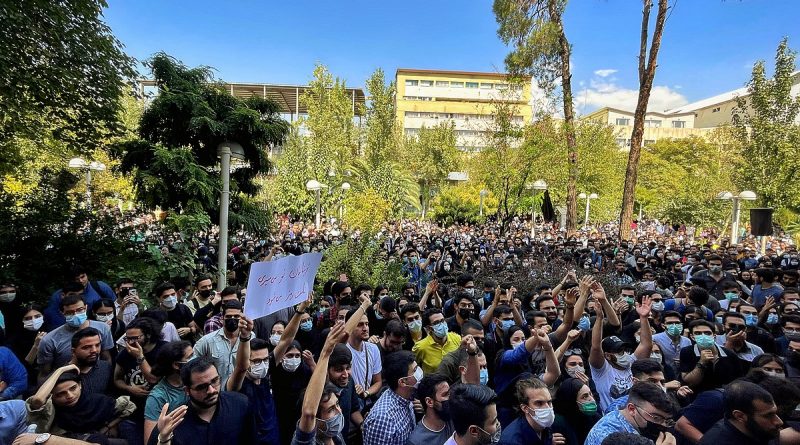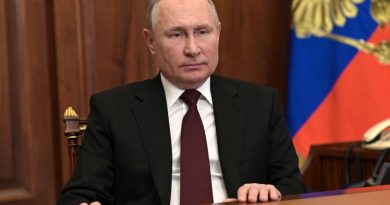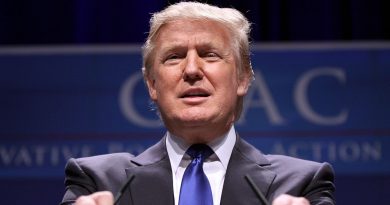FOCUS on Growing Protests: Iran
Sophie Ulm
Staff Writer
The death of Mahsa Amini, a 22-year-old woman in Iran, has sparked massive, ongoing protests in Iran. Mahsa was killed in Iranian custody on September 16 after being detained by the Iranian morality police for “inappropriate attire,” according to Reuters.
The protests, now in their fifth week, have been blamed on a myriad of failures by the Iranian government. According to Reuters, the government blames Iranian Kurdish dissidents for the protests, as well as the ensuing deaths. Tensions between the two groups have been especially heightened in Kurdish-majority regions, given Amini’s background and the claims made by the Iranian government.
These claims have been undermined by the unity of Iran’s ethnic minorities. Reuters reports that protestors have been chanting “Turks, Kurds, Arabs, Lors, are together” in an act of solidarity. Iran has seven ethnic minority groups, in addition to Persians who make up the majority of Iranians. Human rights watch groups have often reported that all Iranian minority groups suffer from oppression, but the Iranian government denies these claims.
The protests have evolved from calls to get rid of mandatory veiling to the end of Islamic Republic leadership, according to the Wall Street Journal. There has also been a recent shift in the parties that are protesting. Early on, it was primarily small businesses and retail shops that closed and joined the protests, but members of Iran’s oil industry are joining the protests and striking in southern Iran.
More subtle forms of protest have arisen in hospitals, reports CNN. As Iran has cracked down on the protestors, the use of force has skyrocketed and led to increased injury among protestors. In hospitals, doctors are risking their lives to treat these patients. Undercover police have been visiting emergency rooms looking for protest victims and doctors who are helping them, CNN continues. Many doctors have come forward condemning this practice, calling for medical treatment to be protected as a human right in Iran. Facing danger at hospitals, some protestors have reached out to doctors online and over social media.
Despite the scale of the protests, Iranians question whether they will change anything. Time reports that the protests, though not the largest the nation has ever seen, are occurring in areas that have previously been government strongholds. Regions like Naziabad, Fallah, and Valiasar are known within Iran for producing Basiji, state-sponsored paramilitary groups who are called in to break protests up, yet these are locations of some of the most active protest grounds.
The protests have indicated a lack of morale in both Iran’s military and broadcasting sectors. One video that has arisen from the protests shows police walking besides protestors, rather than confronting them. Time reports that many military members are asking themselves what their work is for when the government is experiencing persistent corruption.
On October 8, the state-owned television network was commandeered by protestors. The press reported this as a hack, though a spokesperson for the news station pointed out that this was not possible, Time continues. According to the spokesperson, since the broadcast is not online, the coverage had to have been the result of internal penetration. The Islamic Republic of Iran Broadcasting (IRIB) is the government’s main propaganda arm, and this slip of control underscores the Iranian government’s slipping control over its citizens.
Another issue Iran faces in the growing protests is the involvement of children. According to CNN, the average age of those arrested in the protests has shifted to 15-years-old. Iran’s Education Minister, Yousef Nouri, acknowledged this, stating that the Iranian government has been detaining minors and sending them to mental health facilities. Human rights workers have said that these facilities are meant to indoctrinate the minors rather than help them. Amnesty International has documented the death of at least 23 children, reporting that 16 percent of the protest deaths have been children. Human rights groups have indicated that children are being targeted for attack.
Image Courtesy of Jeremy Hunsinger, Flickr



